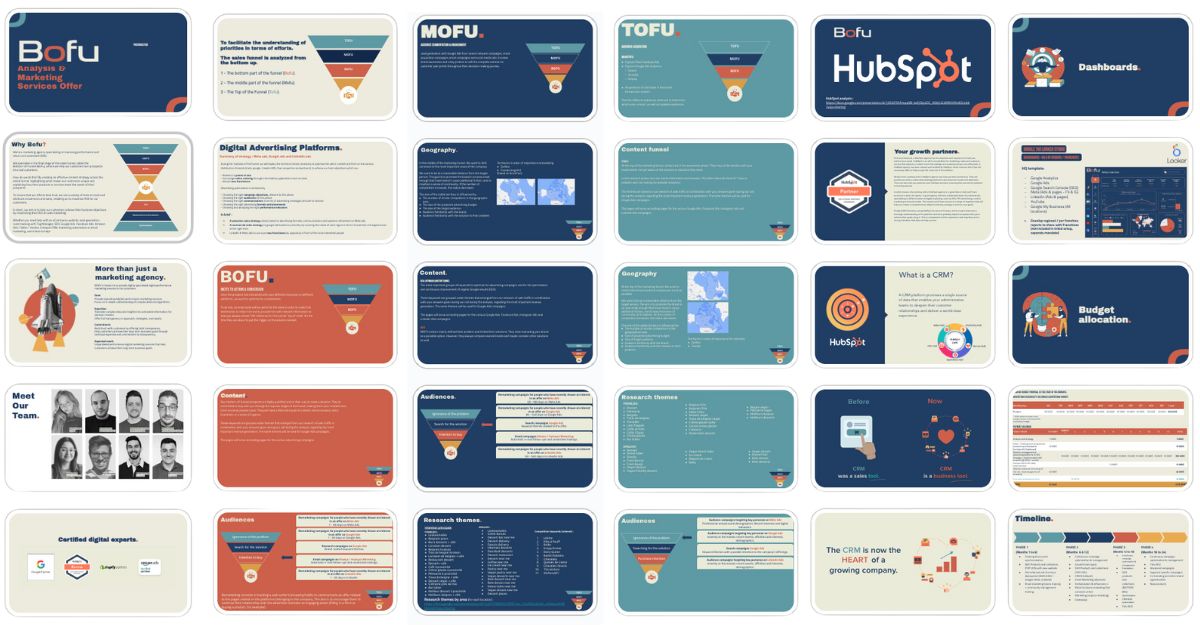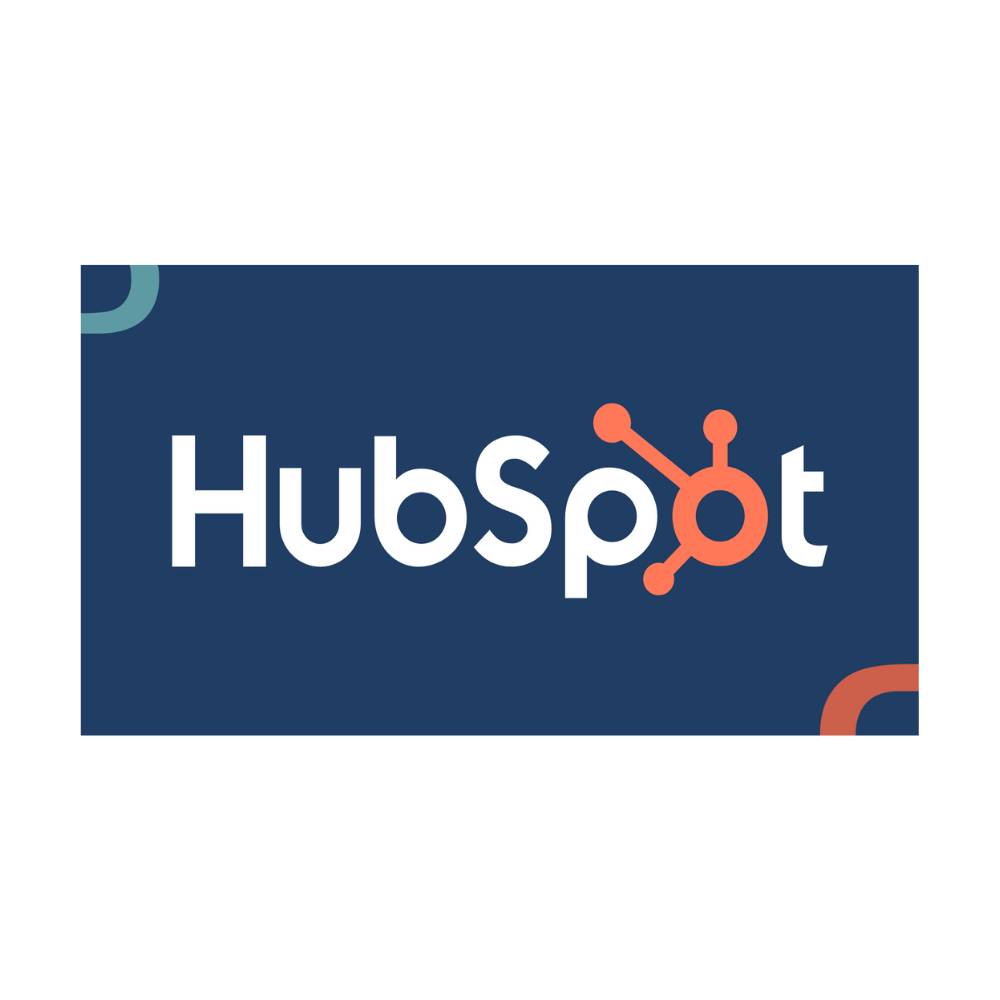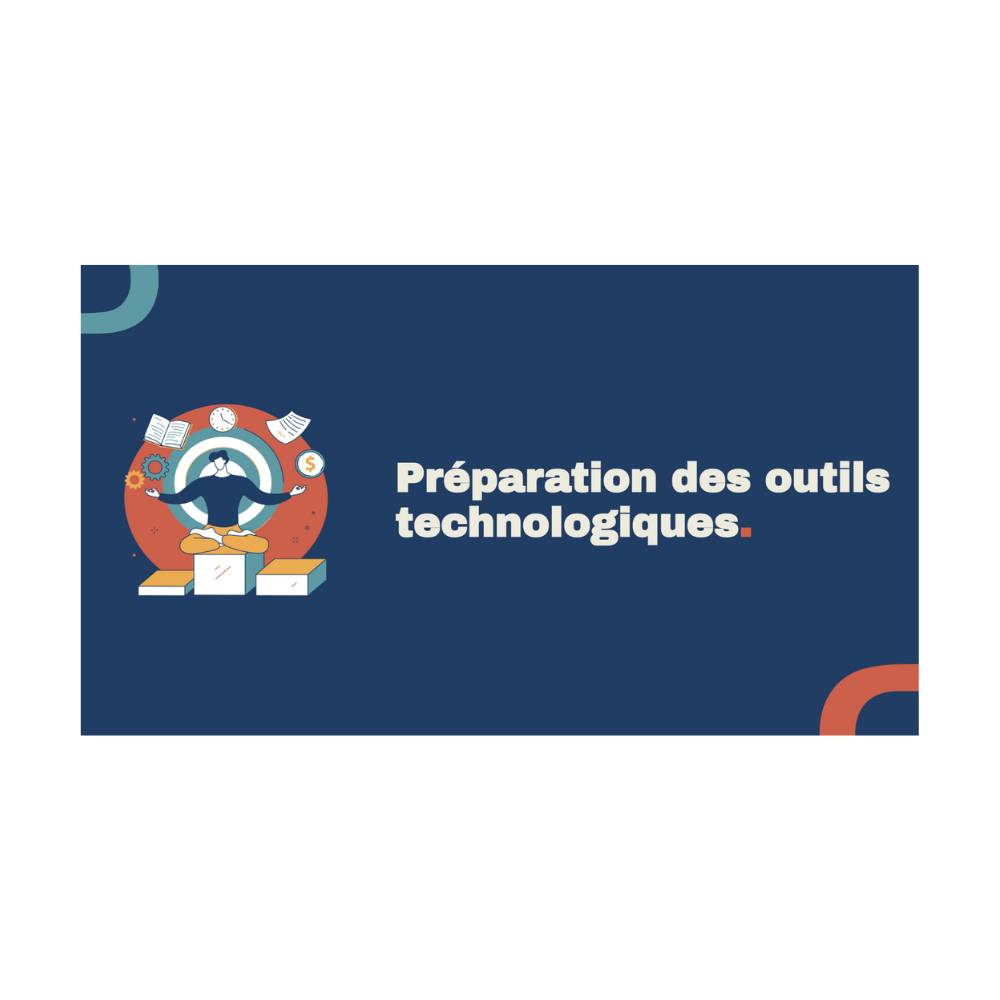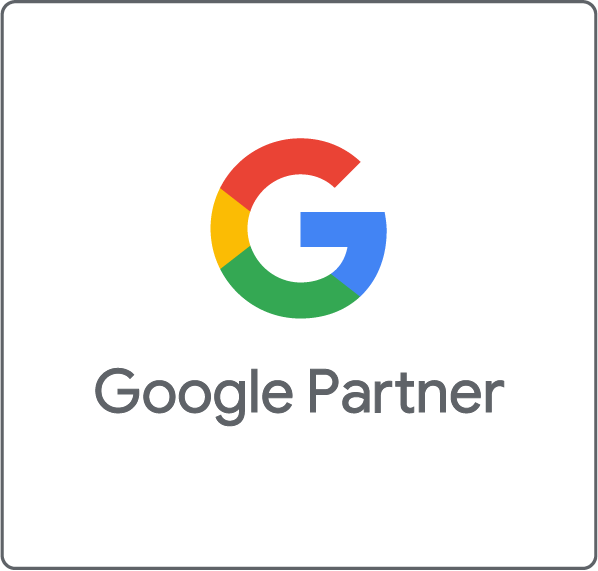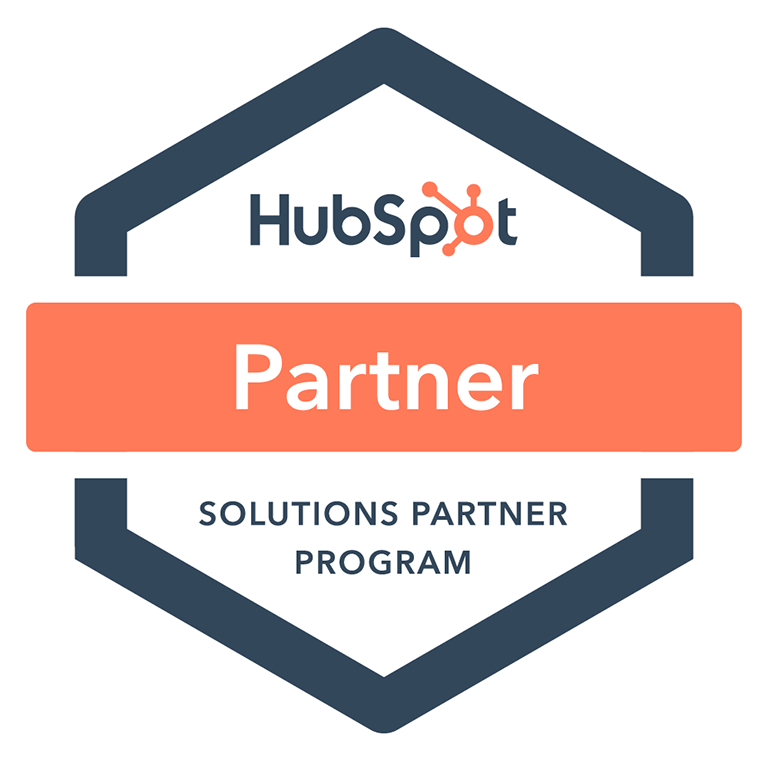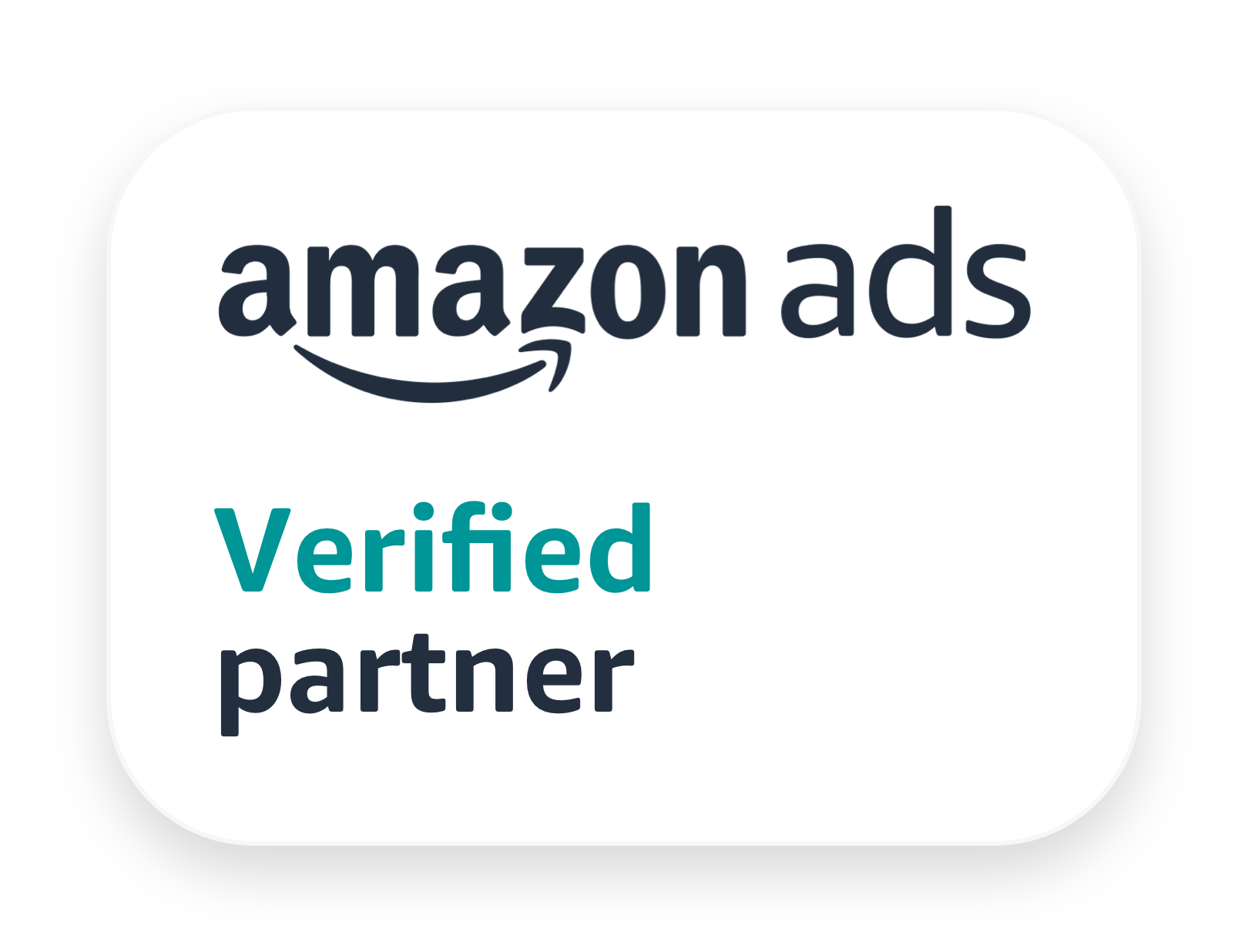Analysis & strategy
Our services
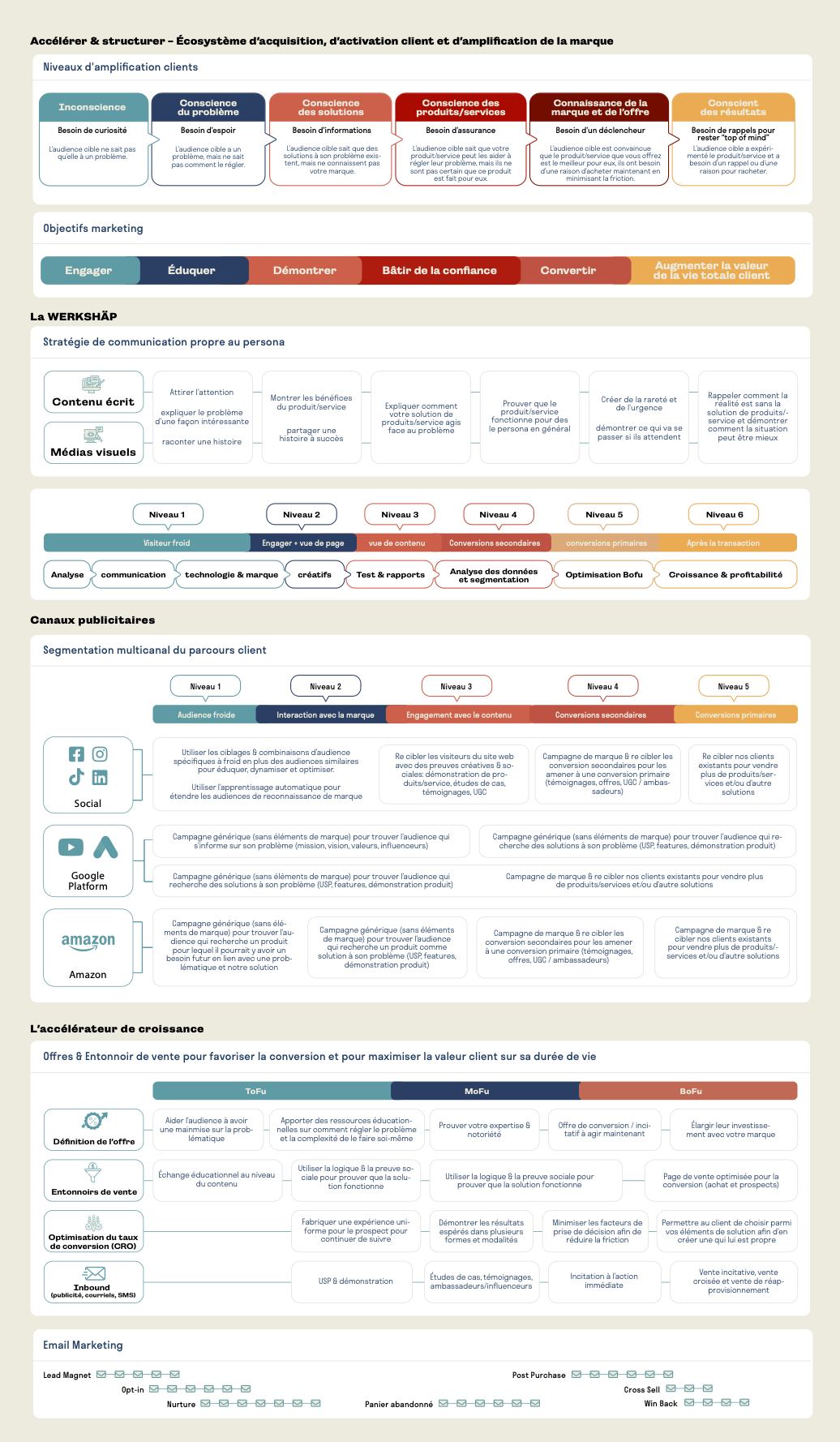
Analysis + strategy
The bofu method
Our service offers in-depth SEO, SEM, and SMM analysis, with a team of experts providing strategic insights and competitive tactics review to refine your marketing strategy and uncover opportunities.
We transform your online presence, drive customer engagement and increase ROI by improving search engine rankings, advertising optimization and social media presence, positioning you ahead of your competitors in the digital ecosystem.
analysis + strategy
Align acquisition, amplification and brand
To increase marketing effectiveness, Bofu should conduct a comprehensive audit of its SEO, SEM, and SMM strategies, focusing on competitive analysis and setting clear objectives.
An SEO content strategy and targeted SEM campaigns are crucial, as is tailoring social media efforts according to audience preferences. With rigorous monitoring and constant adjustments, Bofu can improve its online presence and ROI.
In 2023, Google favors quality, relevant and reliable content, aligned with search intentions and optimized for a superior user experience, according to the EAT (Expertise, Authoritativeness, Trustworthiness) criteria.

digital marketing
digital strategy experts
At Bofu, our initial analysis and strategy department functions as an external CMO, providing expertise and production capabilities tailored to your internal needs. Our detailed process allows us to dive deep into the operation of your business, understanding your sales, margins, and priorities in alignment with your business objectives. This approach ensures that your brand is perfectly aligned with your aspirations, your team, your target audience, and the story you want to tell.
Once this alignment is achieved, your business is ready to move into the next gear. We are here to guide you through this transition, providing you with the tools and strategies needed to scale effectively. Our expertise as an external CMO ensures a clear strategic vision and tailored implementation, propelling your brand to new heights of success.
Advertising management and SEO strategy
Structuring for a Solid Marketing Foundation
Analyzing the digital marketing ecosystem and formulating a strategy before embarking on advertising or SEO is crucial to minimize time to profitability and reduce marketing investment risks. This approach is a bit like “learn to dance before you get married”: it allows you to understand the rhythm and steps before you fully commit.
By first analyzing your digital environment, we identify opportunities and challenges specific to your brand. This allows us to create a tailored strategy that aligns your business objectives with digital marketing best practices. By doing this, we ensure that every dollar invested in advertising or SEO is spent wisely, increasing the effectiveness of your marketing investment and accelerating your path to profitability. This is an essential step to ensure your marketing “dance” is smooth and successful from the start.
FREQUENTLY ASKED QUESTIONS
Our analysis includes an analysis of the business environment, a strategic diagnosis, an analysis of audiences and your personas, the overall strategy, the HubSpot mandate, the preparation of accounts and tools, the mandate, the budget allocation, the strategy advertising and the cost of services.
Having a plan is the best way to set and achieve your marketing and sales goals. It allows you to:
- Set clear goals
- Guide decision-making
- Understand your market and its competition
- Optimize the effectiveness of your efforts
- Measure performance
- Anticipate challenges and opportunities
No, marketing plans are not just for large companies.
The plan and analysis are equally important for small and medium businesses to know where to optimize marketing efforts and how to achieve goals effectively.
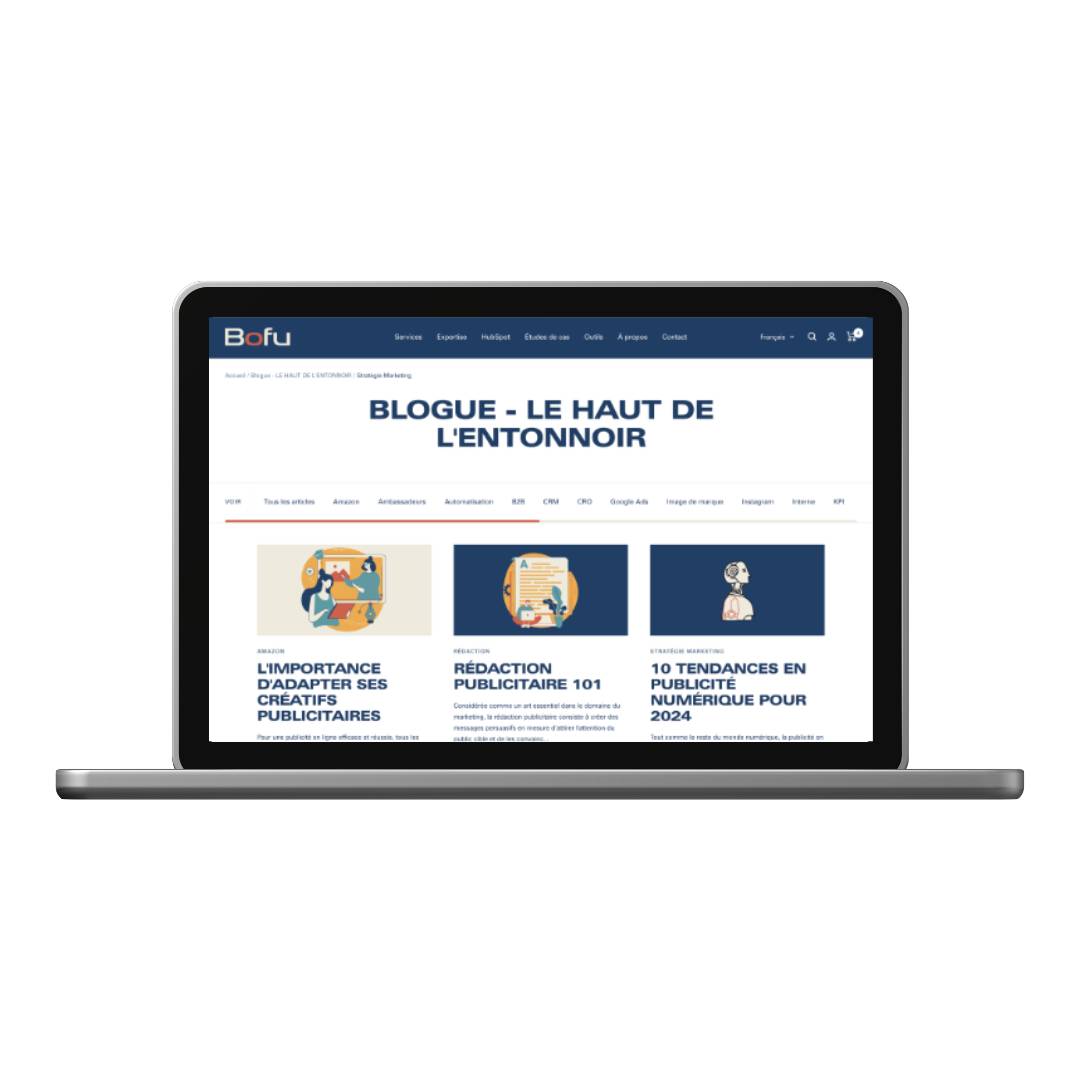
Top of the funnel
Discover our blog
Stay up to date with new trends, tips and tricks on digital marketing strategy!


